CirCa Gallery
CirCa Gallery
2, rue de la Roquette
13200 Arles
France
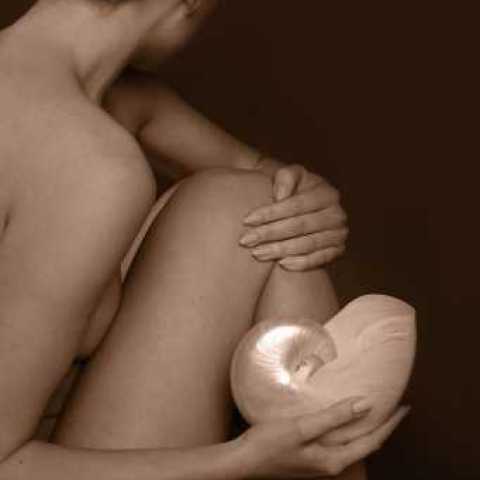
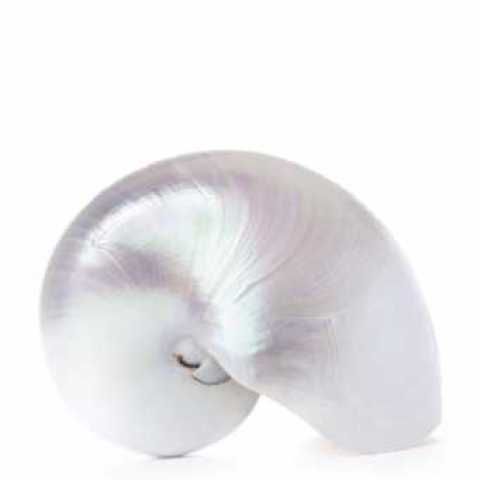
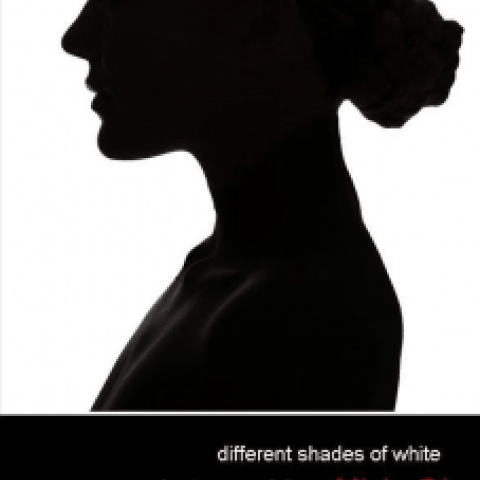
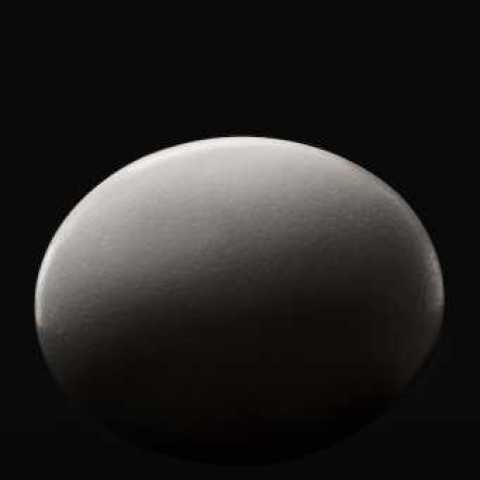
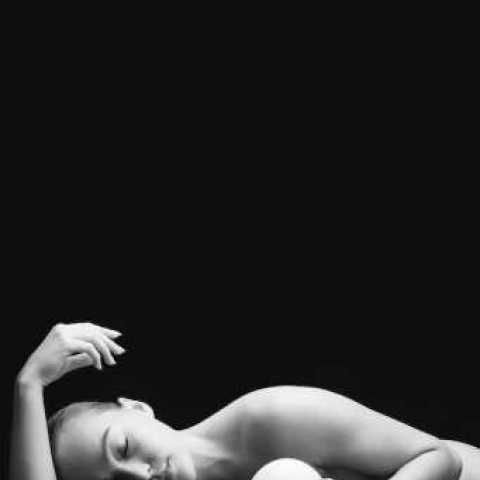
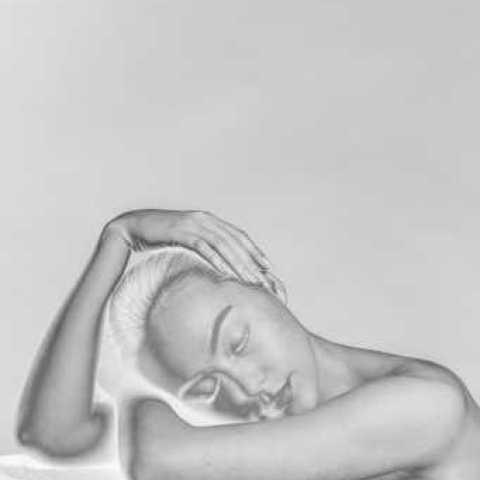


Misia-O’ wins Salon des Beaux Arts Jury Prize and opens exhibition of new photographs at Les Rencontres d’Arles.
After being awarded the prestigious Prix du Jury by the Salon des Beaux Arts for ‘Different Shades of Yellow’, the critically acclaimed photographer Misia-O' has unveiled her new photographic series ‘Different Shades of White’ at Galerie Circa, as part of les Rencontres d'Arles exhibition programme. The exhibition is on until 25 September 2021.
‘Different Shades of White’ is the latest in Misia-O’s celebrated photographic series, following the critically-acclaimed ‘Different Shades of Yellow’, which was recently awarded the Prix du Jury (Jury Prize) at the Salon des Beaux Arts (SNBA) in Paris. ‘Different Shades of White’ is the 3rd suite of photographs in a series in which the artist explores identity and challenges the stereotypes and perceptions relating to different skin tones, seeking a global vision of identity and unification through her photography. Misia-O’ explores the essence of our being through the ‘Different Shades’ series, inspired by humanist philosophy and an interest in the incredible architecture of our genes. Misia-O’ explains: “It’s much more than our skin colour that defines us, it’s our sacred geometry’.
Beginning with ‘Different Shades of Black’, followed by Yellow and White, the next series will explore different shades of red. Misia-O’s work focuses on using light to show the colour variations of the single colour and non colour we attribute to skins so wrongly and so simplistically.
Misia-O’ says of her work: “It’s really challenging stereotypes, but not in a political way, rather in an aesthetic,anthropological and humanist way, and by finding parallels in nature. Ultimately, race does not exist in science, and colours are an actual interpretation of our retinas caused by light frequencies. I am challenging our labelling of 'skin colours" by also showing colours and non-colours are made of many shades and light frequencies. We accept diversity of nature, but not diversity of skin colour, and I wanted to challenge these prejudices and normalise what makes us human – gender, skin colour. It’s all about the exploration of light – that led me to study quantum physics, because I’m looking at light refraction and frequencies (ADD).”
For the ‘Different Shades of White’ series on display at Galerie Circa during les Rencontres d’Arles, Misia-O’ worked a lot with the hair of the model and the human form that can be found in a shell, with an exploration of bronze and silver leading her to the technique.
Exhibiting at les Rencontres d’Arles is a great accolade for any photographer, since Arles is not only recognised globally as the capital of photography in Europe, but is also the official city of culture in France with the official opening of the Fondation Luma this June.
Les Rencontres d’Arles (formerly called Rencontres internationales de la photographie d’Arles) is an annual summer photography festival founded in 1970 by Arles photographer Lucien Clergue, writer Michel Tournier and historian Jean-Maurice Rouquette. Since the inaugural Les Rencontres d’Arles, there have been more than 40 exhibitions at various heritage sites in Arles, and since its launch in 1970, the festival has become a major influence in disseminating the best of world photography and playing the role of a springboard for photographic and contemporary creative talents.
In 2019, the festival welcomed more than 145,000 visitors. After a hiatus in 2020 due to the pandemic, les Rencontres is back, and the 2021 edition will continue to revisit the history of the medium of photography and its players, whilst making new history and unearthing new talents such as Misia-O’, who first exhibited in Arles in 2017.
The new suite of photographs featured in Misia-O’s ‘Different Shades of White’ series is the result of a year of painstaking research, with the Surrealist aesthetic of the images rooted in the artist’s love of Surrealism, Dadaism and 1930’s Paris, and in particular her admiration for the work of Lee Miller. Miller was romantically involved with Man Ray for a time whilst working with him in his studio in Paris, and reputedly had a major part to play in the development of the solarization technique which Man Ray was given all the credit for. So in a way, Misia-O’s is not only redressing the balance of the male gaze, by depicting the female model from the point of view of the female gaze, but also redressing the balance of important female photographers and artists from history often being relegated to the role of ‘Muse’, such as Lee Miller.
‘Different Shades of White’ includes several prints made using the solarization technique, as well as portraits taken in silhouette, and combine references to surrealism and iconic photographers of the 30s such as Edward Weston and Bill Brandt, with what Misia-O’ describes as ‘divine architecture’ represented in the form of exquisite natural objects such as shells and ostrich eggs, which she incorporates into her photographs as still life studies juxtaposed with studies of the female form. According to Stephen Skinner, the study of sacred geometry has its roots in the study of nature, and the mathematical principles at work therein. Many forms observed in nature can be related to geometry; for example, the chambered nautilus grows at a constant rate and so its shell forms a logarithmic spiral to accommodate that growth without changing shape.
Misia-O’ creates conceptual photographs with a pleasing aesthetic, designed to seduce the viewer and then encourage them to explore more deeply than the first impression of the surface. She uses the solarization technique because it’s similar to an X-ray, enabling the viewer to see beyond skin colour to the universal being.
The ‘Different Shades of White’, like the entire series of ‘Different Shades’, encourage us to move away from first impressions, and realise that we are so much more than what’s on the surface. Misia-O’s interest in ‘sacred geometry’ stems from an interest in the human body and ancient architecture, which were a focus of Renaissance artists such as Leonardo da Vinci, whose ‘Vetruvian Man’ incorporated the sacred geometry principles of the human body.
Misia-O’ commented: “When you shoot still life you see ‘Sacred Geometry’, for example in my portrait of a shell, whose natural symmetry is reflected the intricate plait of the model’s hair. My work is concerned with identity, humanity and humanist philosophy, as well as ‘Divine Architecture’ and the beauty of the human form.”
Instagram: @misiaophotography
Website: https://www.misia-o.com
Location: Galerie Circa, Arles, France
Opening times: Tuesday-Saturday: 10:00-12:30am and 15:00-19:00
